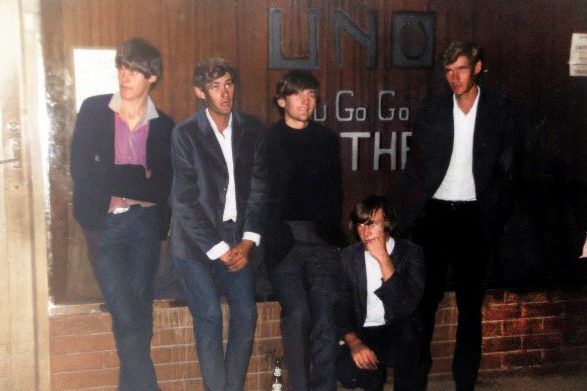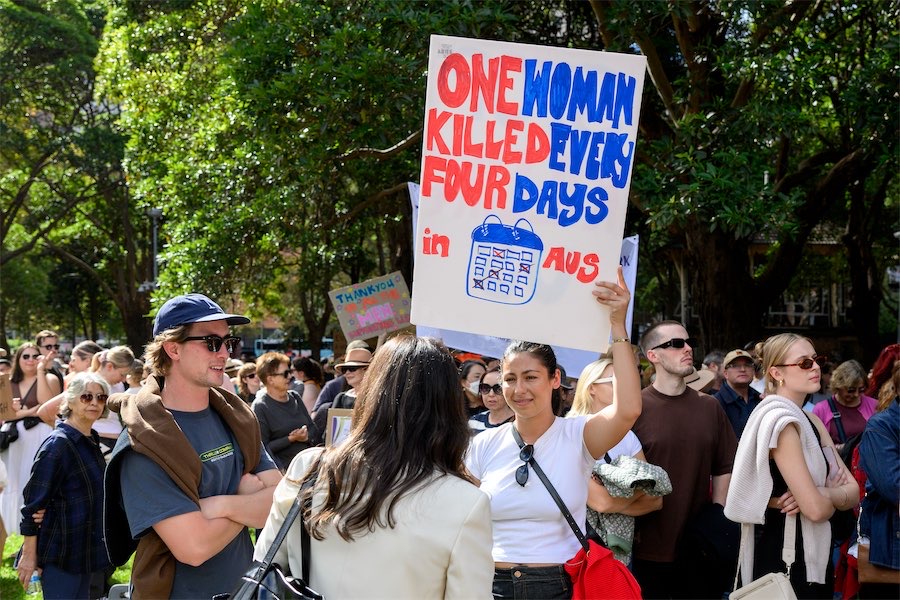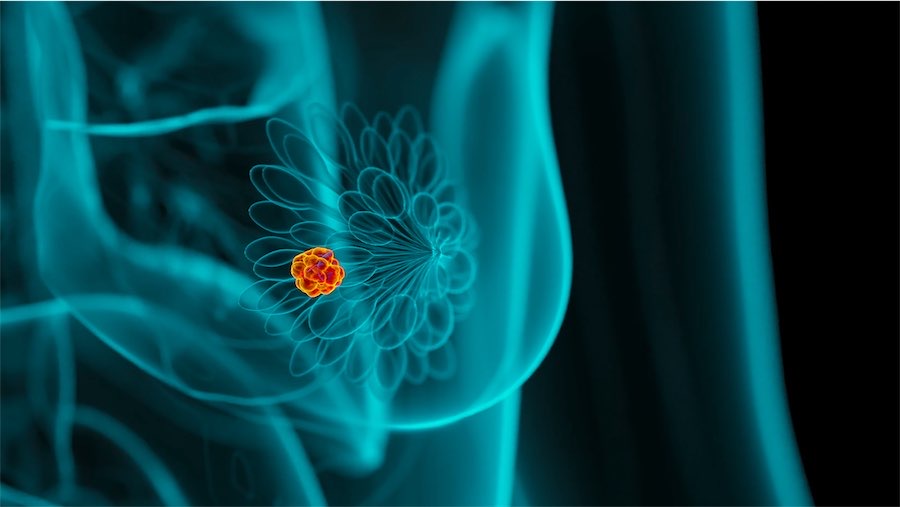
QUEANBEYAN residents of the ’60s and ’70s would remember the Silver City dances on a Friday night.
Held at the Queanbeyan RSL Hall, the dances were a permanent fixture on the social calendar for young people at the time.
Many locals would have fond memories of times spent at these gatherings.
Amateur historian Phill Hawke said the Silver City dances – sponsored by Donoghoe’s Music Centre – regularly drew crowds of up to 500 people.
“Neil Donoghoe, of the Donoghoe’s Music Centre, sponsored a weekly Friday night dance at the Queanbeyan RSL Hall, which was named Silver City in 1964,” said Hawke, who’s been researching the history of dances in Queanbeyan.

The dances featured local bands and occasionally some big names would appear.
“Popular bands of the time like the Casuals, Penny Farthings, Cyclones and the Phantoms appeared regularly at Silver City,” Hawke said.
“Bigger draw cards such as Billy Thorpe and the Aztecs, and Ray Brown and the Whispers occasionally appeared at the RSL.”
While Silver City was the most popular, it wasn’t the only dance that was held in the city at the time.
Other popular dances were held at venues including The Green Eucalypt, The UNO Club, Sound Lounge, Coffee Bean and the Oaks Estate Hall.
Hawke said the Silver City dances sometimes attracted a rowdy element, with brawls breaking out and the police having to be called.
“Charles McManus, who was president of the RSL, said that during a dance in November, 1964, windows had been broken, curtains torn down and toilets damaged,” Hawke said.
“There had been fights outside the hall and at one stage police patrolled the hall to prevent gang warfare.”
Following a series of incidents the dances were cancelled, which prompted young people to petition for them to be reinstated.
“Around 1000 local teenagers signed a petition seeking the reintroduction of the Silver City dances,” said Hawke.
“The petition was presented to the RSL board at their first meeting in 1965.
“The dances re-opened at the RSL Hall that year, but they didn’t last long after that.”

It was commonplace for fights to break out at dances right through the district and in Canberra at the time.
“The Canberra Police Citizens Boys Club had to tighten security at their dances,” said Hawke.
“Preventative measures were taken including no pass outs being handed out, and male youths attending were required to wear a tie.”
Describing the gang culture that was associated with these dances at the time Hawke said: “On one occasion a major fight broke out at the Lady Gowrie Hall at Manuka between Queanbeyan youths and a rival Canberra group during a Sunday dance.
“It followed another fight the week before when the Queanbeyan lads sorted out a couple of Canberrans.”
Hawke said the UNO Club, on Crawford Street, featured prominently in the history of Queanbeyan’s early nightlife scene.
The club was previously known as the Bamboo Restaurant and
Night Club, and before that the San Remo Restaurant, where the inclusion of exotic dancers drew the unwelcome attention of the local police.
“The San Remo Restaurant had exotic dancers, which often attracted police, if only to watch the shows,” said Hawke.
Go-go dancers also featured regularly at the club, he said.
At the other end of the spectrum the period saw rock bands rehearsing and performing at the Oaks Estate Hall.
“The hall was run by Oaks Estate personality Mrs Corsini… bands could put the hire money in her letterbox and collect the key,” said Hawke.
Although the Silver City dances and other dances held in Queanbeyan during that period are now consigned to the memories of those who had been there, they represent an important part of the city’s cultural development.
“It was a special time in the lives of many young people in Queanbeyan,” Hawke said.
“While the dances didn’t last forever, they still live on in the memories of people in the decades that followed.”
Who can be trusted?
In a world of spin and confusion, there’s never been a more important time to support independent journalism in Canberra.
If you trust our work online and want to enforce the power of independent voices, I invite you to make a small contribution.
Every dollar of support is invested back into our journalism to help keep citynews.com.au strong and free.
Thank you,
Ian Meikle, editor





Leave a Reply